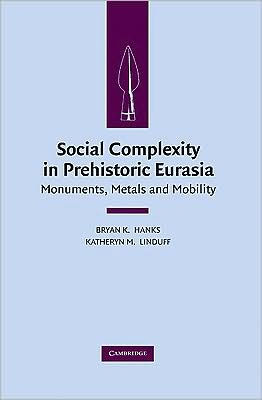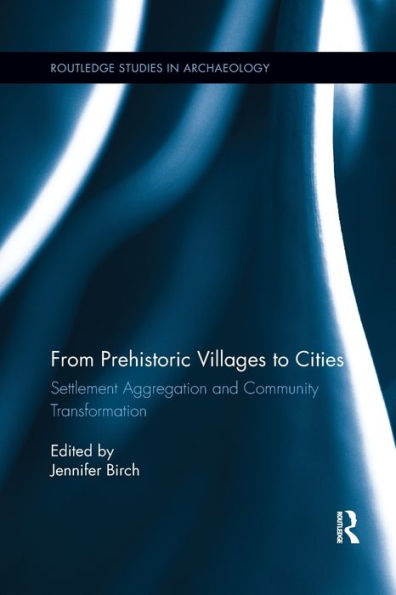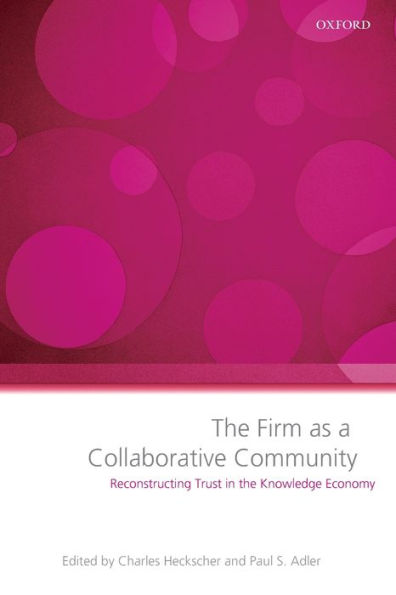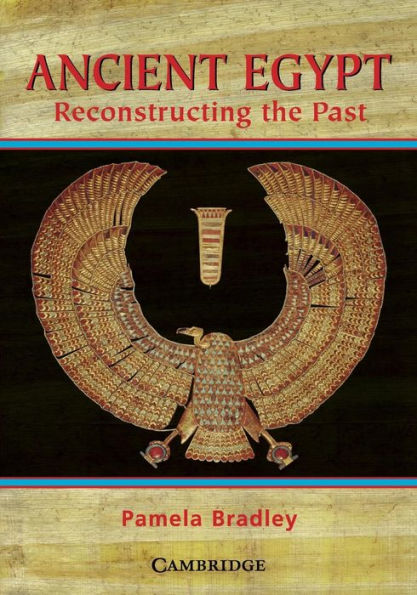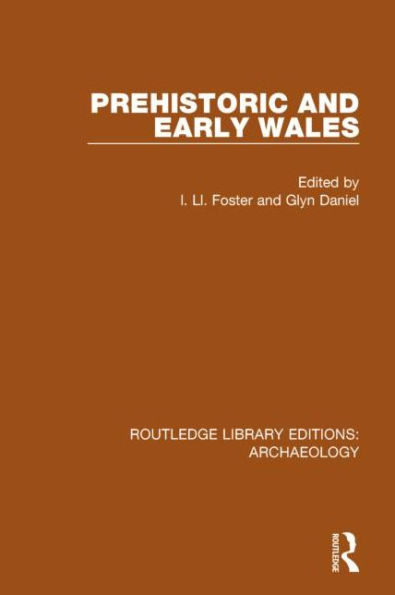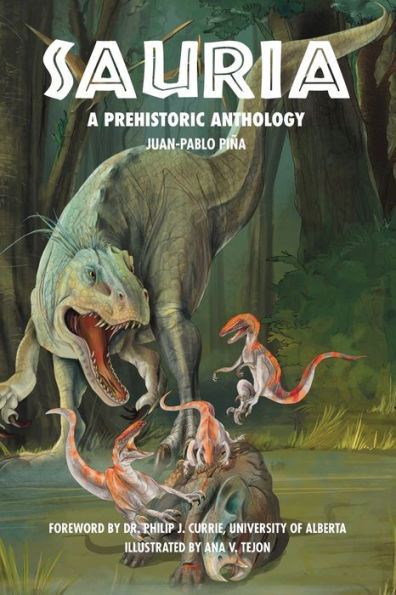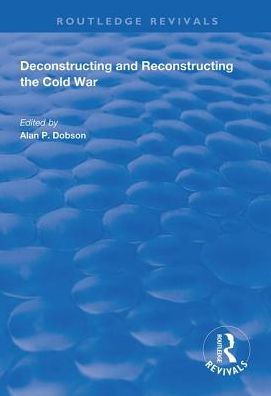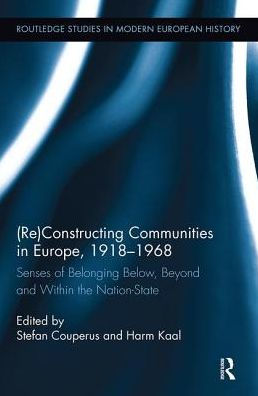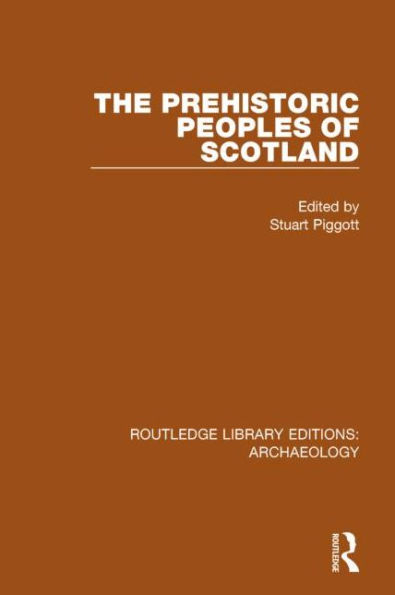Home
Reconstructing Prehistoric Communities' Mobility in Apulia
Barnes and Noble
Reconstructing Prehistoric Communities' Mobility in Apulia
Current price: $79.00
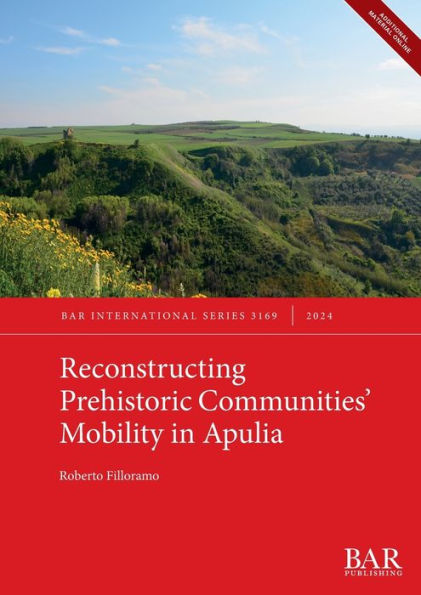

Barnes and Noble
Reconstructing Prehistoric Communities' Mobility in Apulia
Current price: $79.00
Size: OS
Loading Inventory...
*Product information may vary - to confirm product availability, pricing, shipping and return information please contact Barnes and Noble
Reconstructing Prehistoric Communities' Mobility in Apulia
presents pioneering scholarly research to illuminate the interplay between ancient societies and their physical environment during the Neolithic to Early Bronze Age. The study introduces novel methodologies and analytical frameworks, yielding insights into the dynamics of prehistoric settlement patterns.
To explore these dynamics, a systematic database was created containing comprehensive information about the archaeological sites, thus serving as the foundation for validation and classification, guided by a purpose-built model.
A core investigation of the text is the Mobility Analysis (Least Cost Path), which hypothesises how communities maintained connections through time, whether for trade, ideas, or interpersonal exchanges. The other main aspect is the Landscape Perception (Fuzzy Viewshed Analysis), which deciphers how groups perceived and controlled their surroundings through sight. The research outcomes provide insight into settlement decisions, reflecting the evolution of the socio-economic relationships.
presents pioneering scholarly research to illuminate the interplay between ancient societies and their physical environment during the Neolithic to Early Bronze Age. The study introduces novel methodologies and analytical frameworks, yielding insights into the dynamics of prehistoric settlement patterns.
To explore these dynamics, a systematic database was created containing comprehensive information about the archaeological sites, thus serving as the foundation for validation and classification, guided by a purpose-built model.
A core investigation of the text is the Mobility Analysis (Least Cost Path), which hypothesises how communities maintained connections through time, whether for trade, ideas, or interpersonal exchanges. The other main aspect is the Landscape Perception (Fuzzy Viewshed Analysis), which deciphers how groups perceived and controlled their surroundings through sight. The research outcomes provide insight into settlement decisions, reflecting the evolution of the socio-economic relationships.
